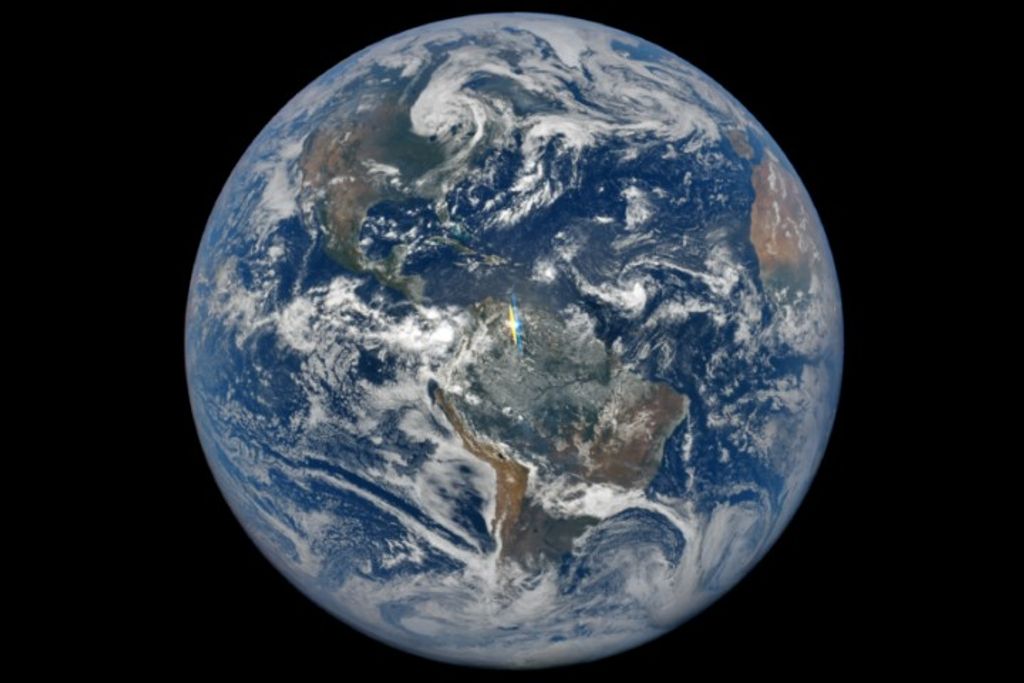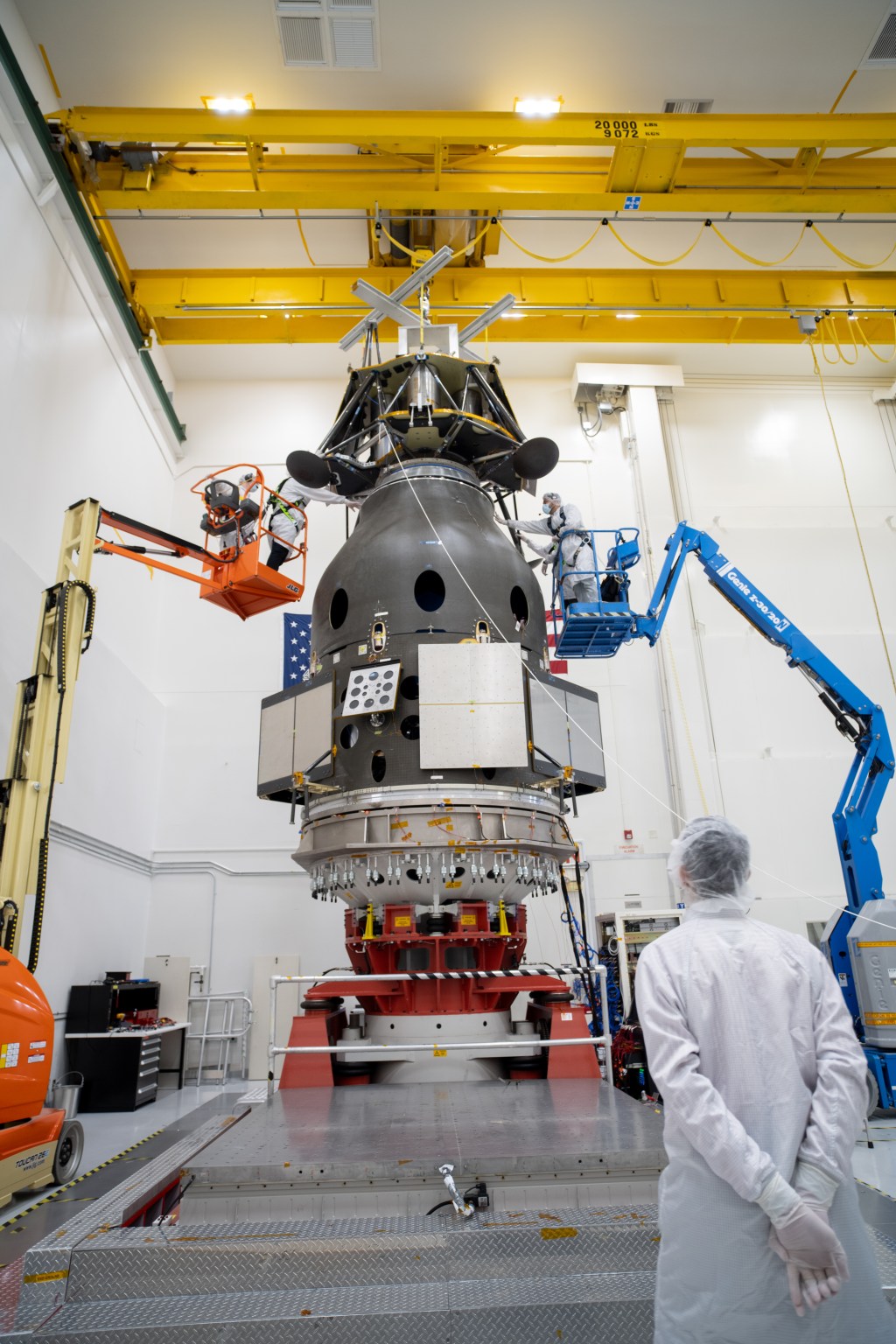1 min read
Quasar Without Host Galaxy Compared with Normal Quasar

This figure shows two Hubble images of quasars from a sample of 20 relatively nearby quasars examined by a team of European astronomers with two of the most powerful astronomical facilities available, NASA's Hubble Space Telescope and the European Southern Observatory's (ESO) Very Large Telescope (VLT) at Cerro Paranal.
The team confidently concludes that the quasar on the left, HE0450-2958 (in the center, distance about 5 billion light-years) does not have a massive host galaxy. The quasar HE1239-2426 to the right (at a distance of 1.5 billion light-years), has a normal host galaxy which displays large spiral arms. Although HE1239-2426 is much closer than HE0450-2958, the host galaxy of the latter would still be perfectly visible if it was as bright as that of HE1239-2426.
The lack of a prominent host galaxy around a very bright quasar (HE0450-2958) suggests a rare case of a collision between a seemingly normal spiral galaxy and an exotic object harboring a very massive black hole.
Also seen in the image to the left (above the quasar) is a strongly disturbed galaxy, showing all the signs of a recent collision. The VLT observations show it to be forming stars at a frantic rate. A foreground star is seen below the quasar.
The two images have been scaled to exhibit the same linear scale.
The images were taken with Hubble's Advanced Camera for Surveys in October 2004.
About the Object
- DistanceDistanceThe physical distance from Earth to the astronomical object. Distances within our solar system are usually measured in Astronomical Units (AU). Distances between stars are usually measured in light-years. Interstellar distances can also be measured in parsecs.About 5 billion light-years in the center (left image), 1.5 billion light-years (right image)
About the Data
- InstrumentInstrumentThe science instrument used to produce the data.HST>ACS/HRC
- Exposure DatesExposure DatesThe date(s) that the telescope made its observations and the total exposure time.October 2004
- Object NameObject NameA name or catalog number that astronomers use to identify an astronomical object.HE0450-2958 (left), HE1239-2426 (right)
- Object DescriptionObject DescriptionThe type of astronomical object.Quasars
- Release DateSeptember 14, 2005
- Science ReleaseBlack Hole in Search of a Home
- Credit
Related Images & Videos

Looking 'Underneath' Quasar HE0450-2958
This image shows the quasar HE0450-2958 after advanced image processing known as MCS-deconvolution. Thanks to this technique, it is possible to remove the brilliant glare from the quasar itself. The most interesting feature in the image is the nearly total absence of starlight...
Share
Details
Claire Andreoli
NASA’s Goddard Space Flight Center
Greenbelt, Maryland
claire.andreoli@nasa.gov




























